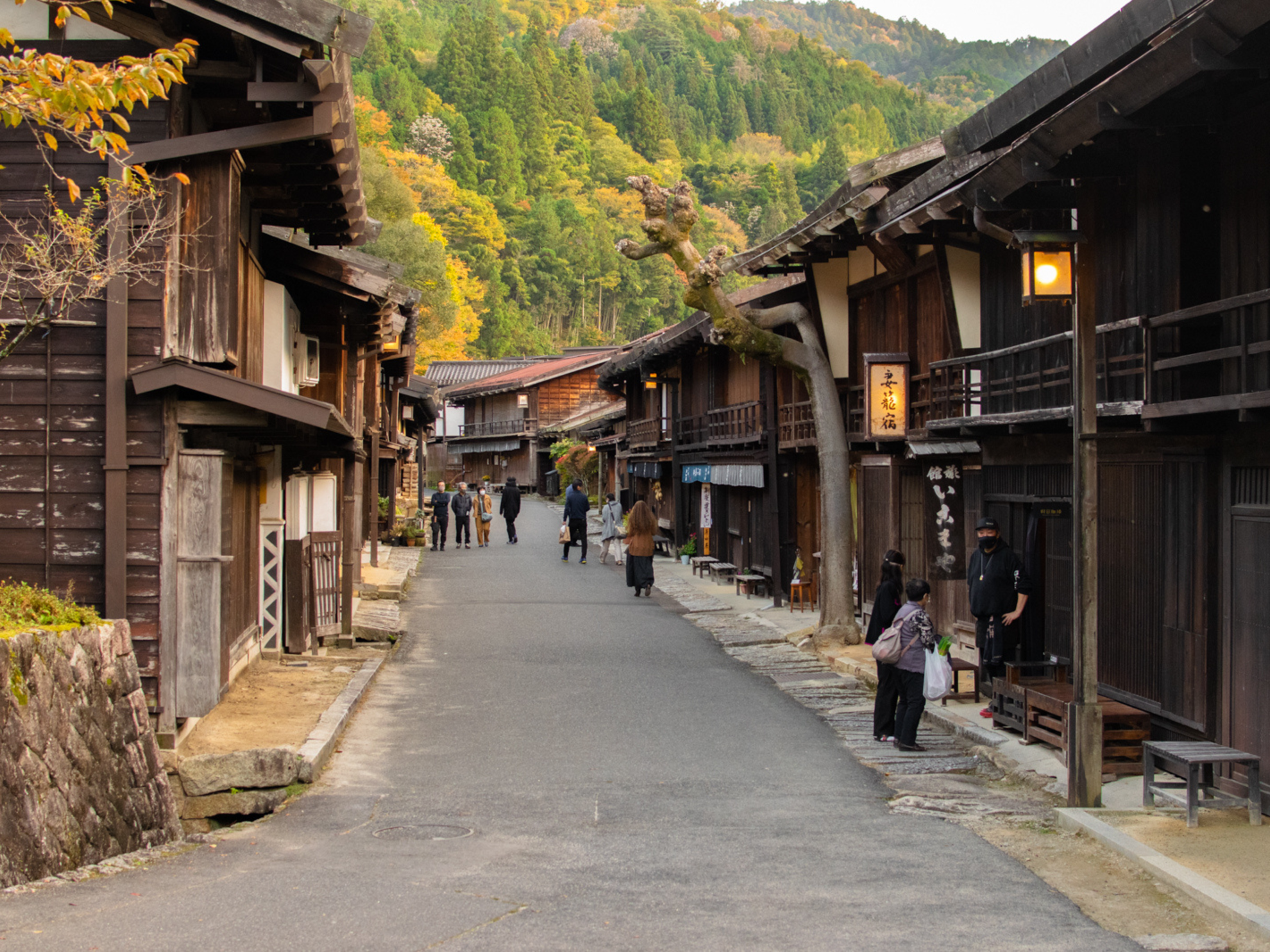
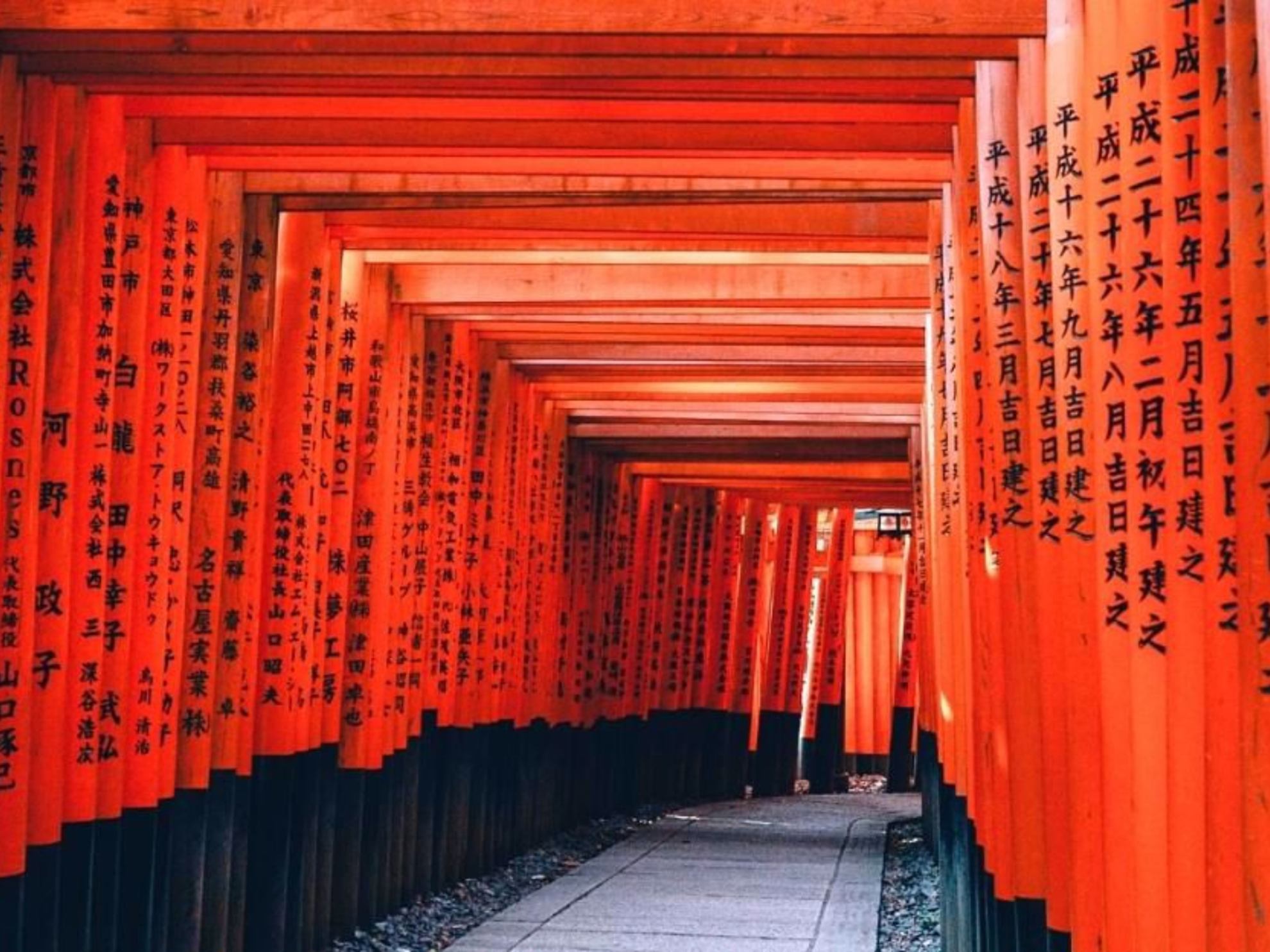
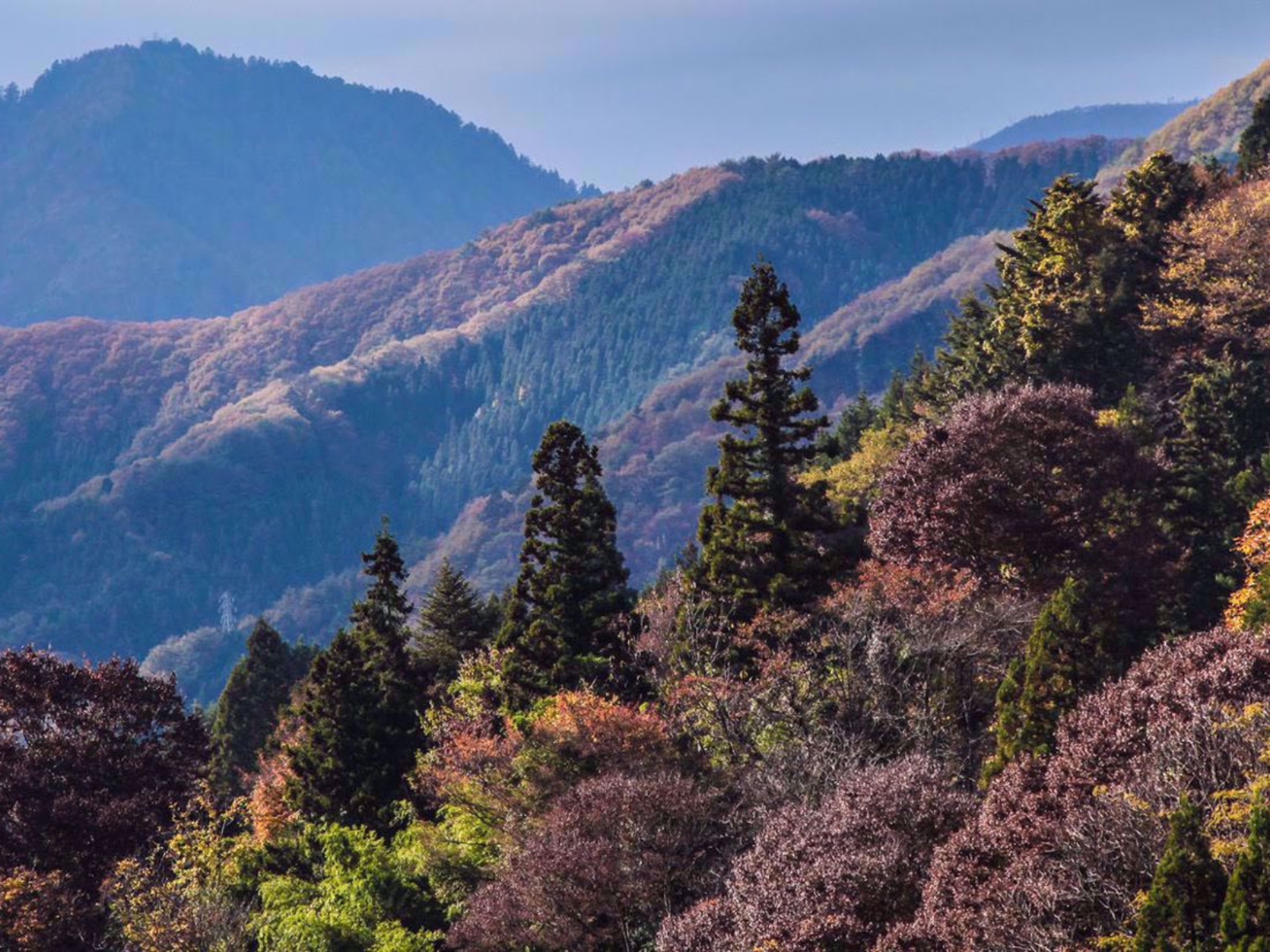
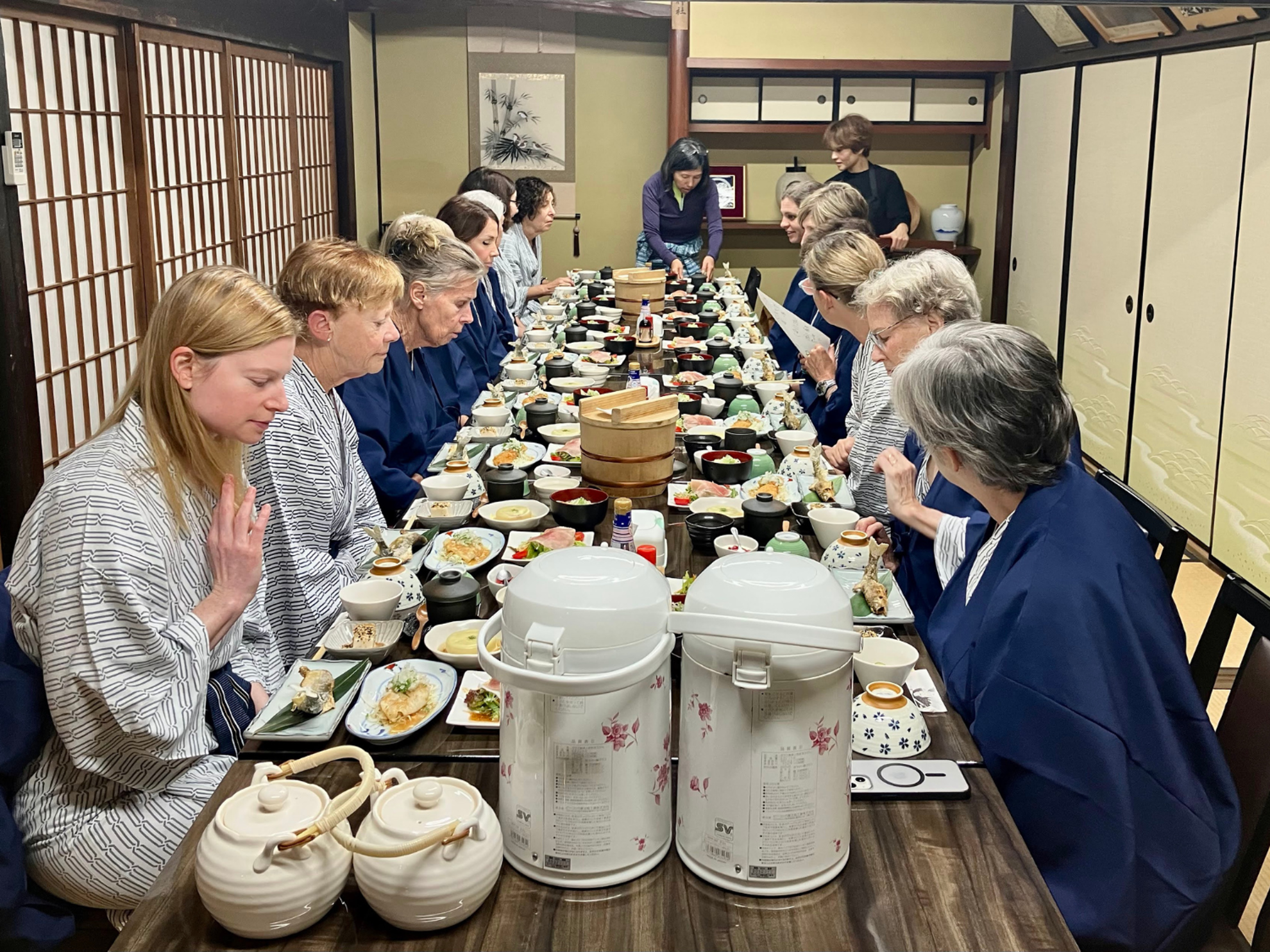
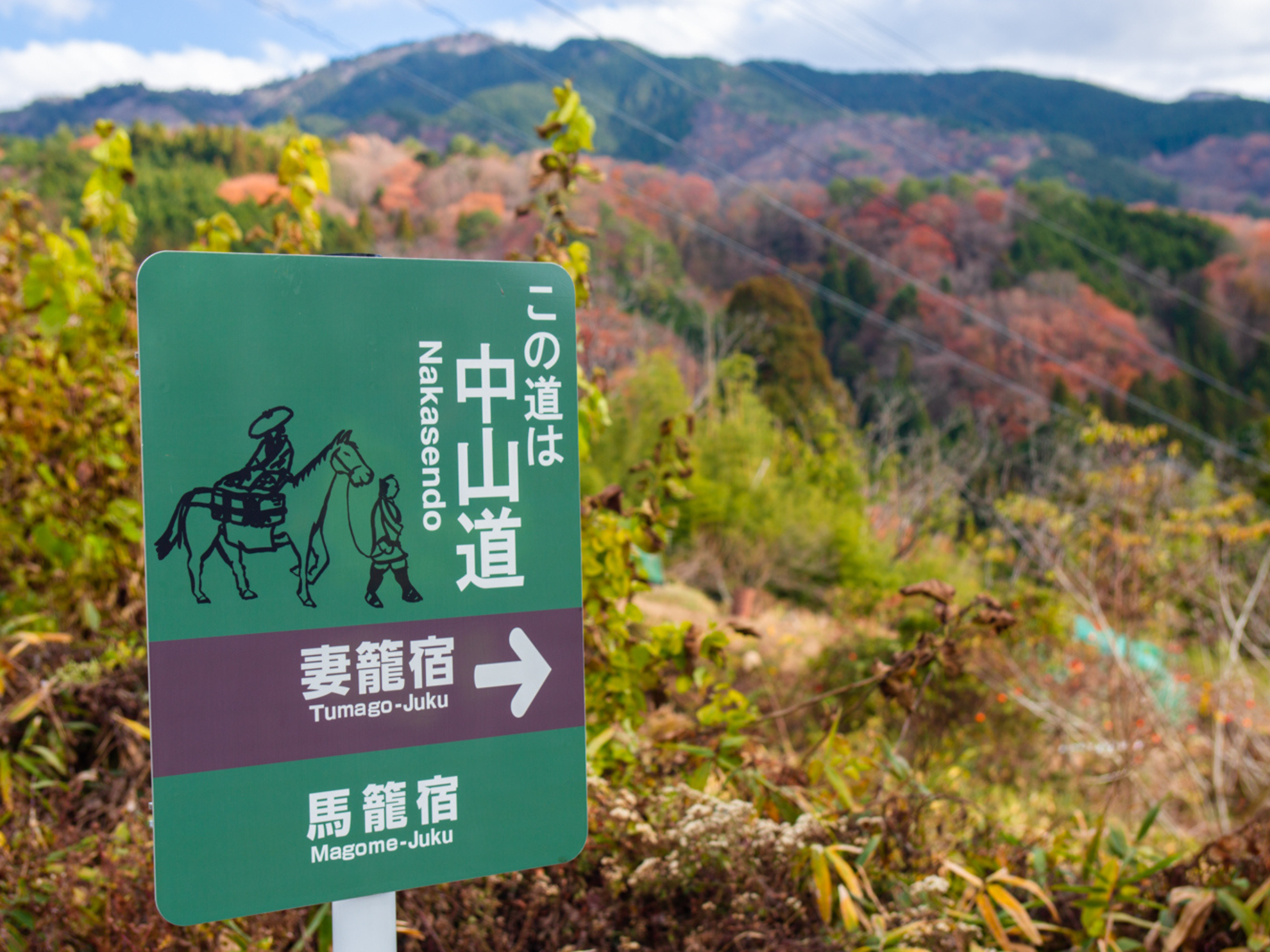
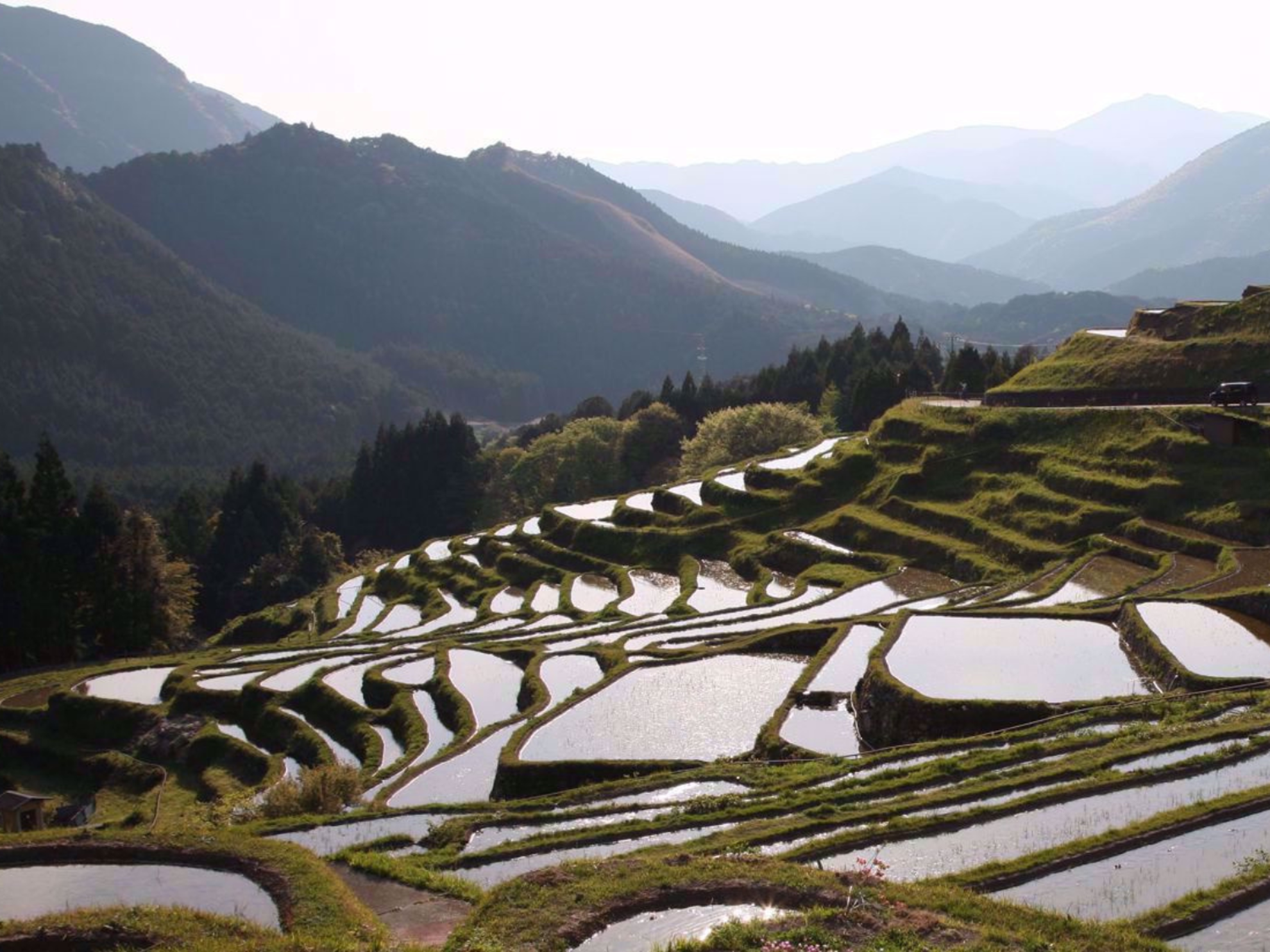
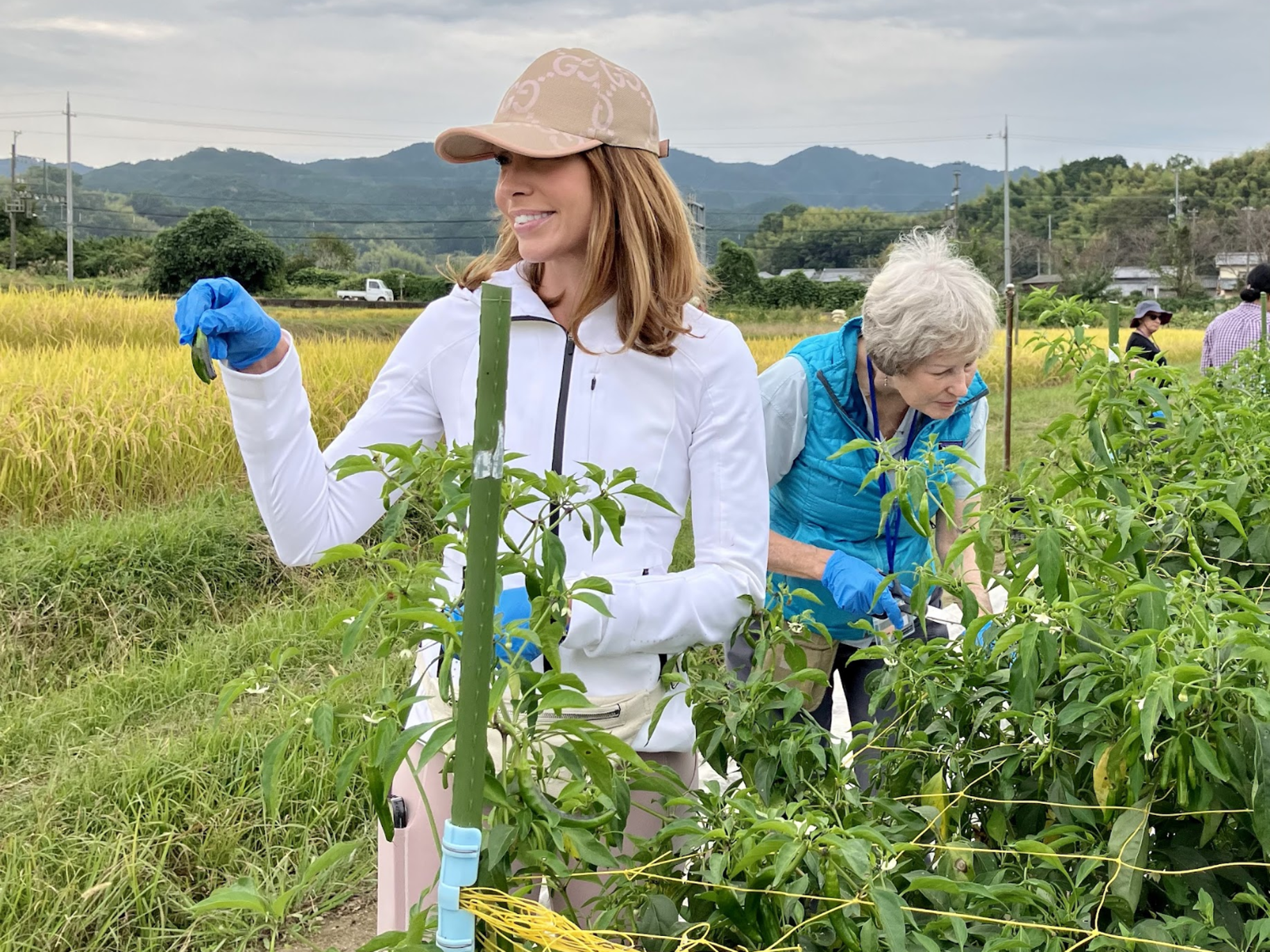
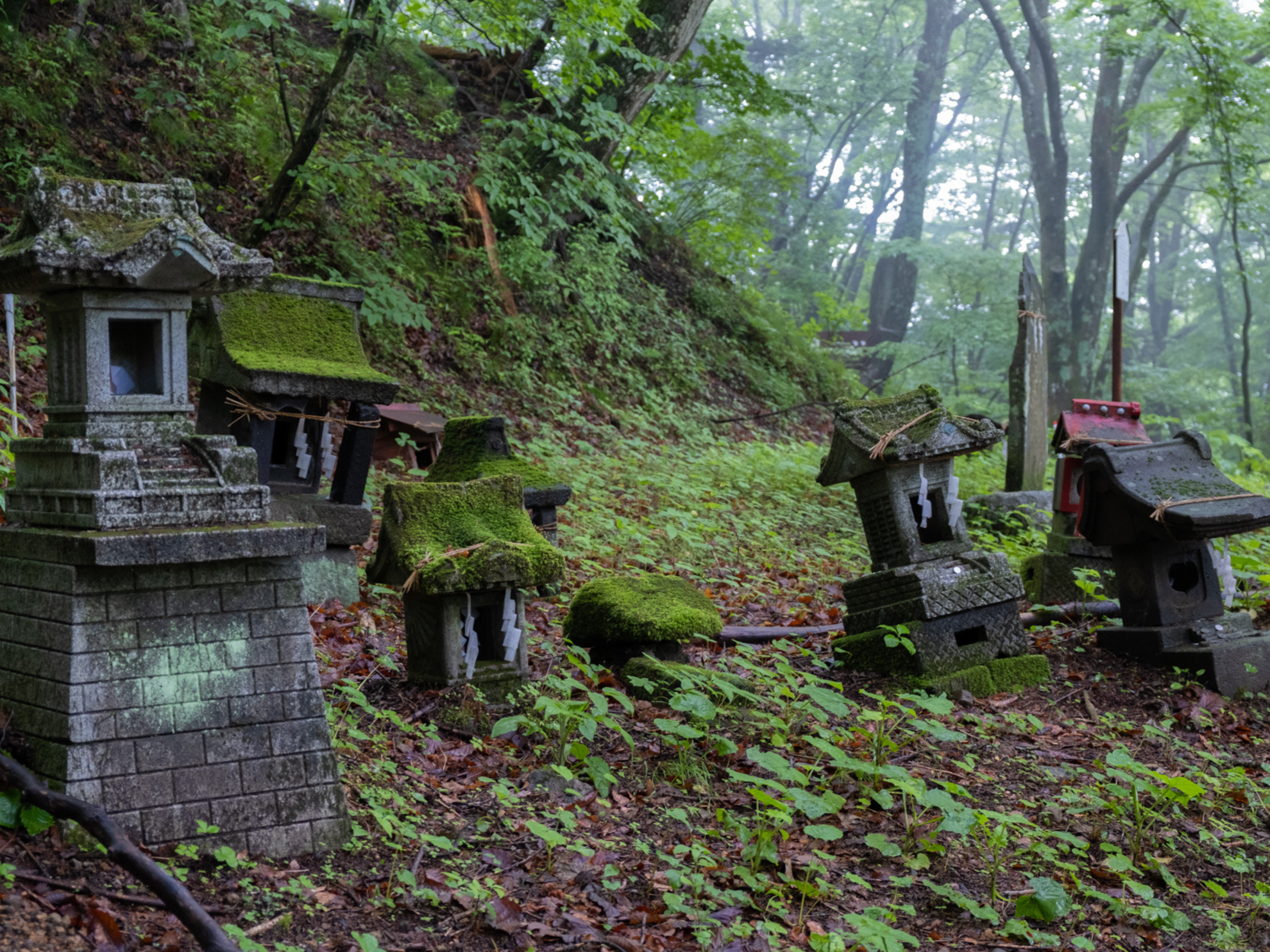
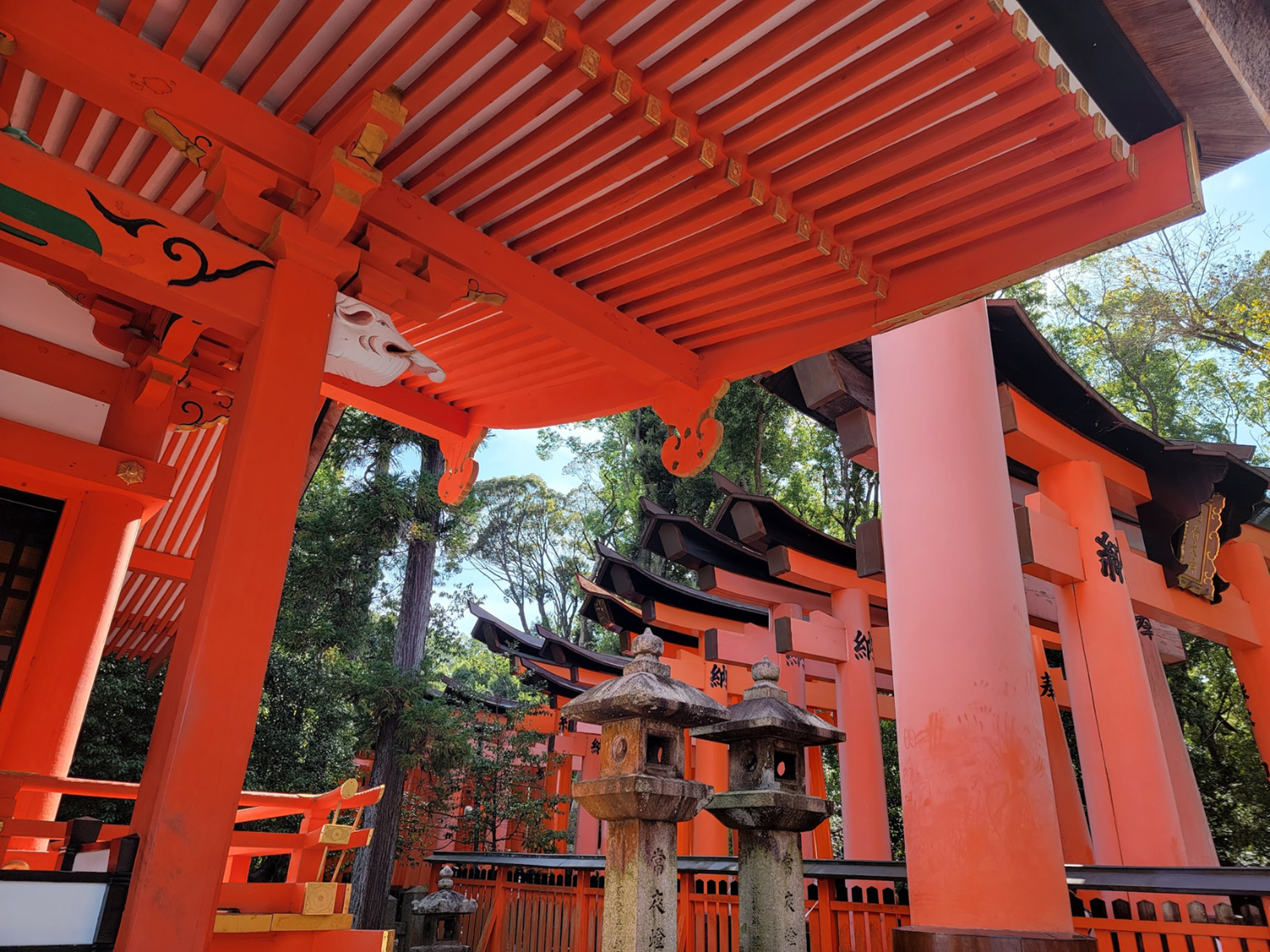
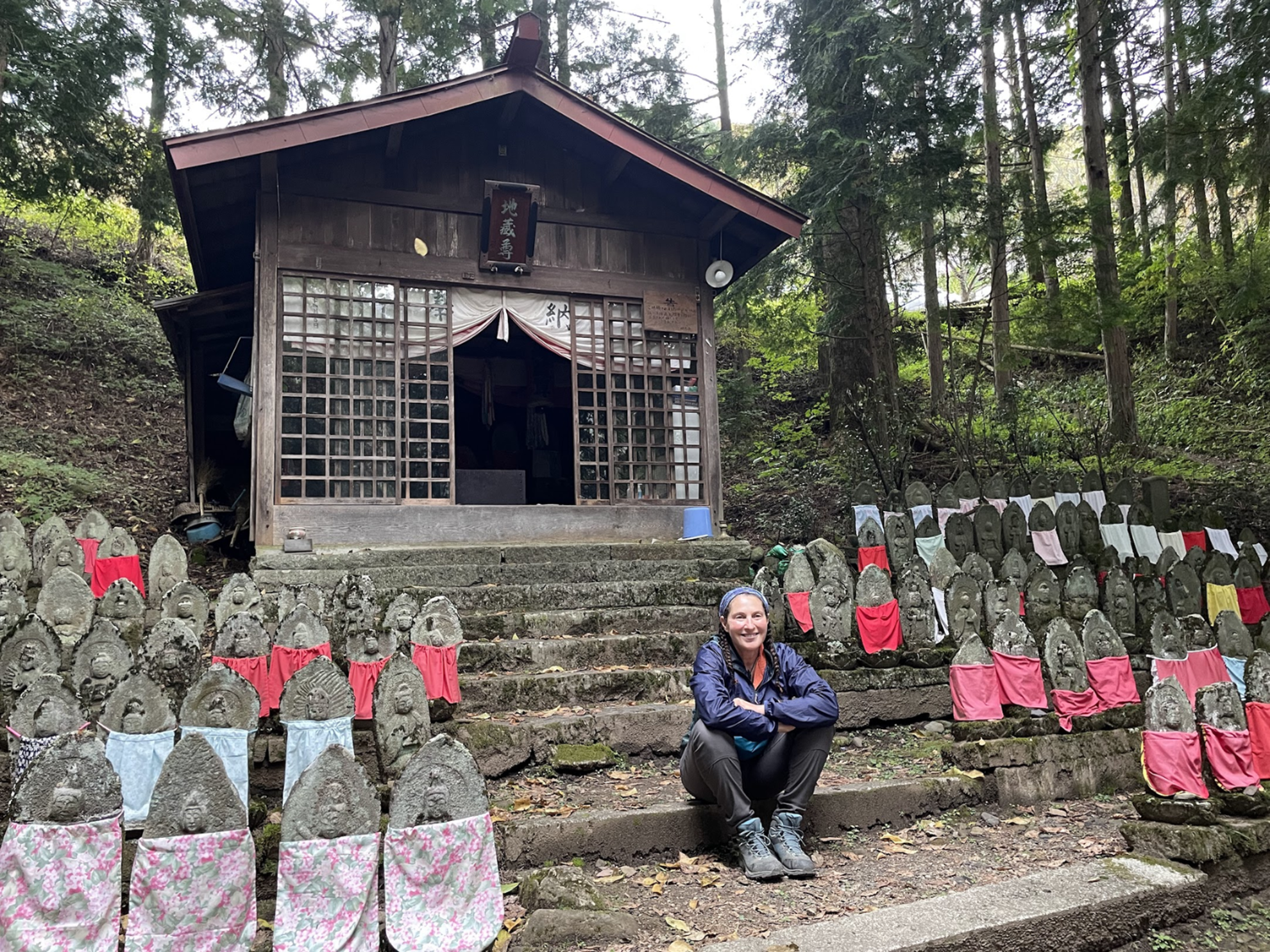
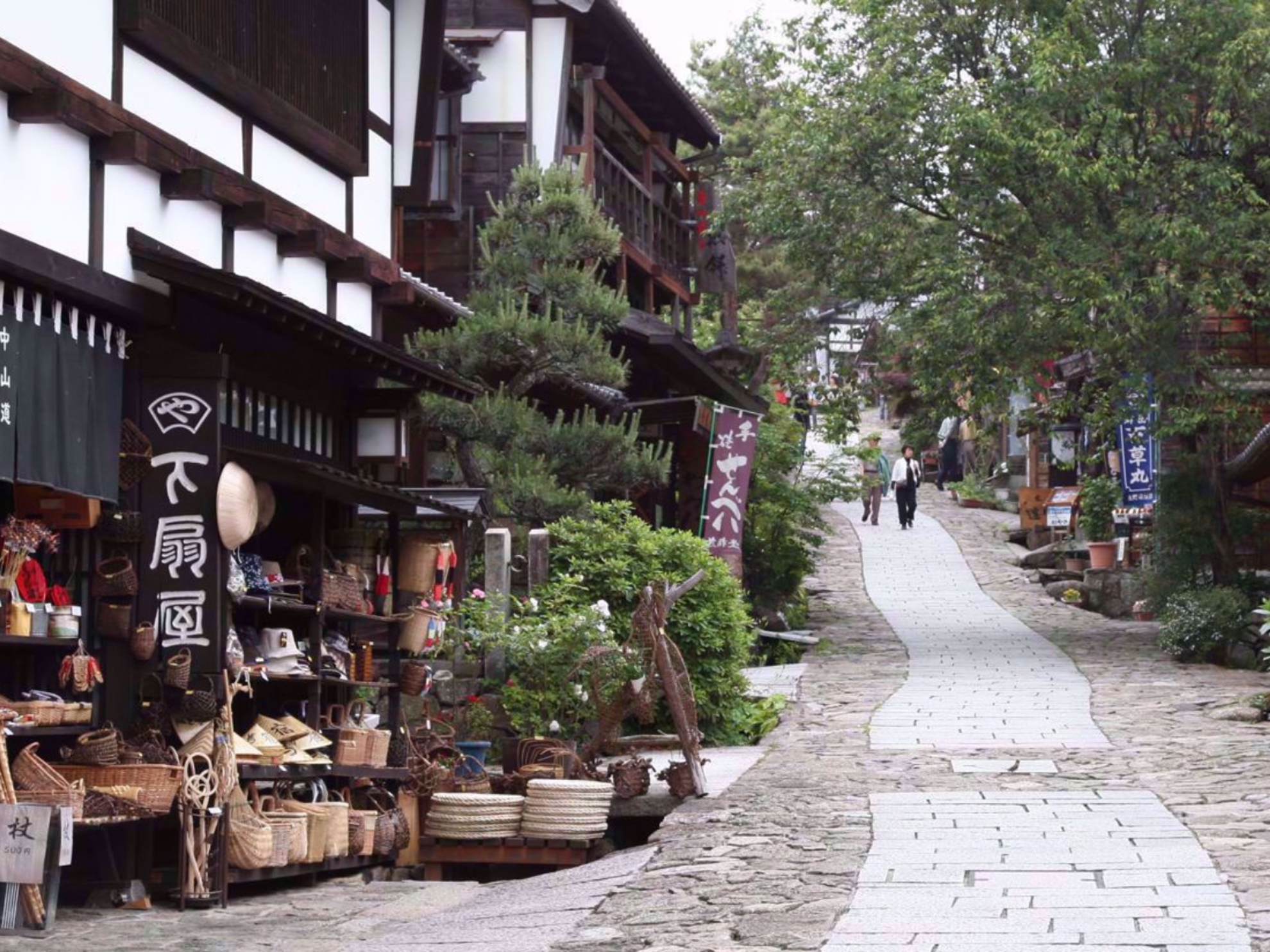
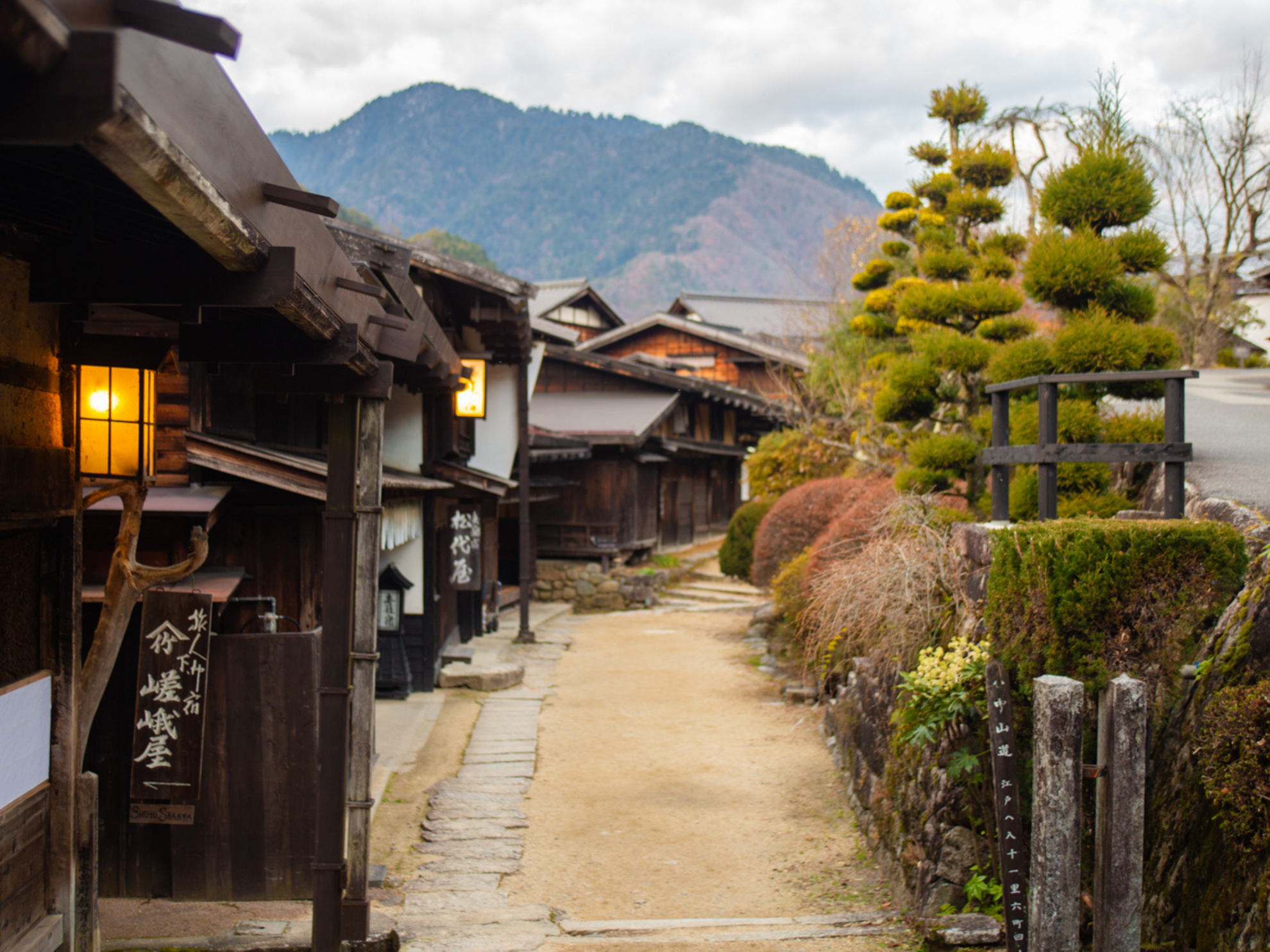
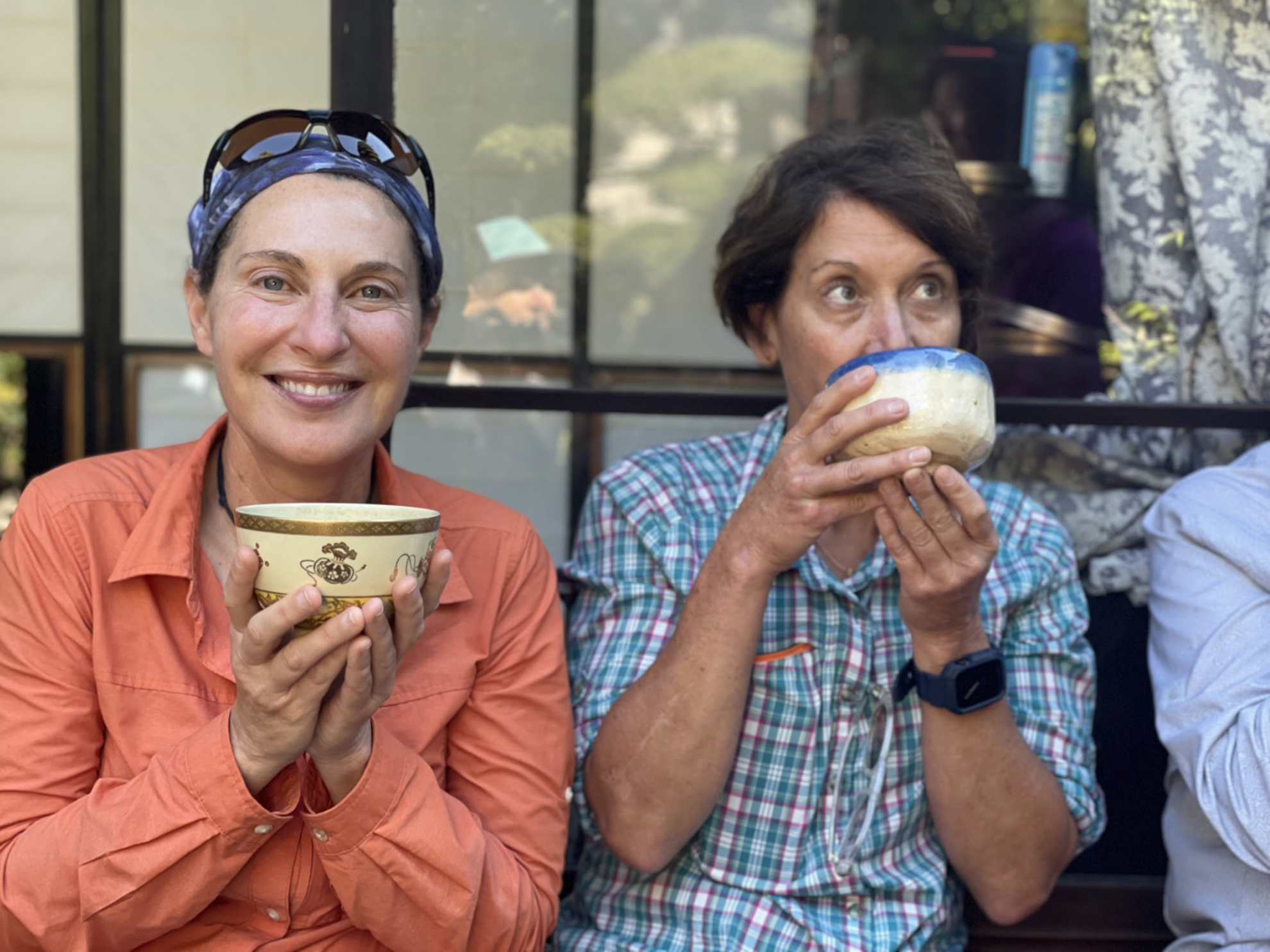
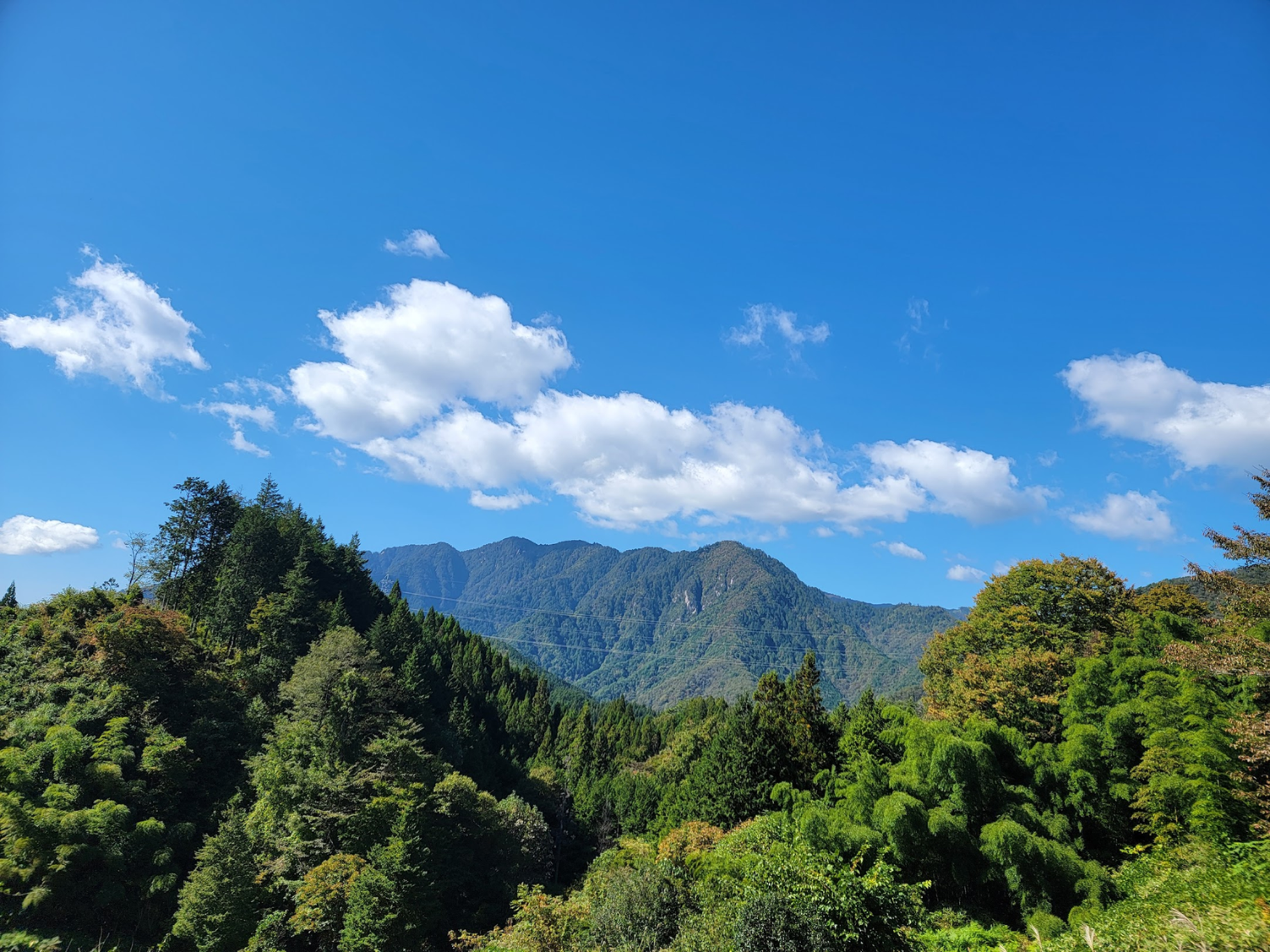
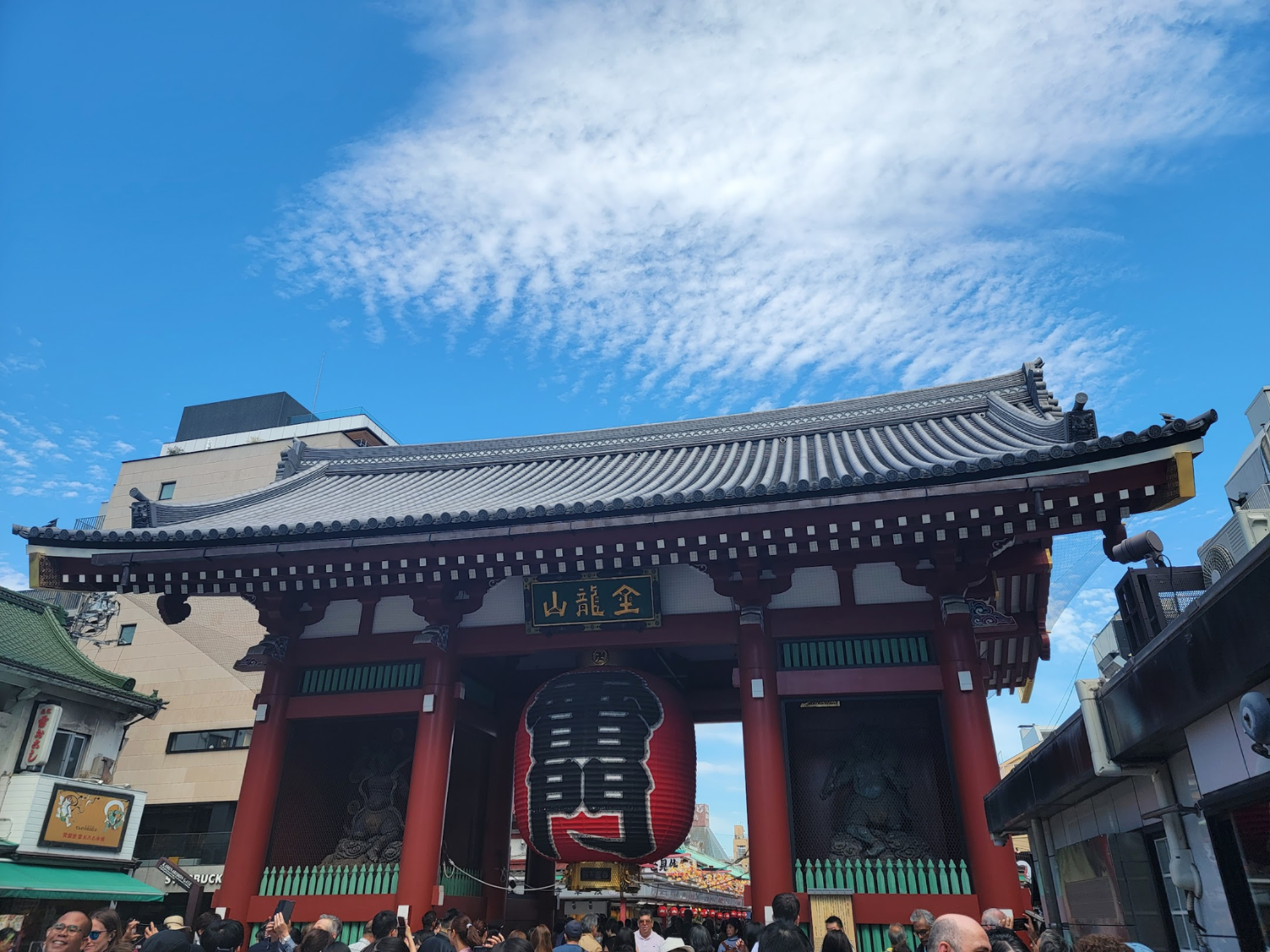
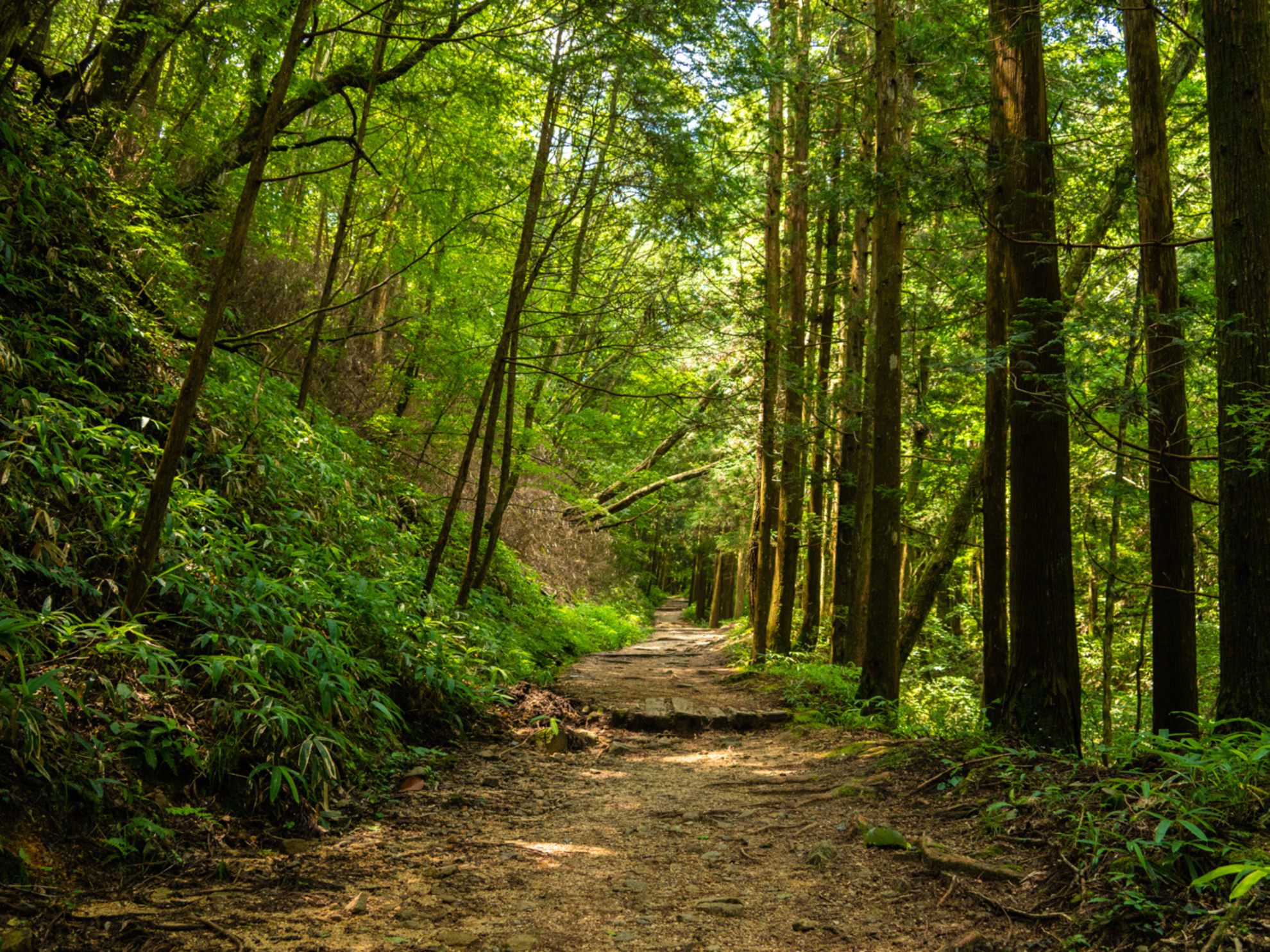
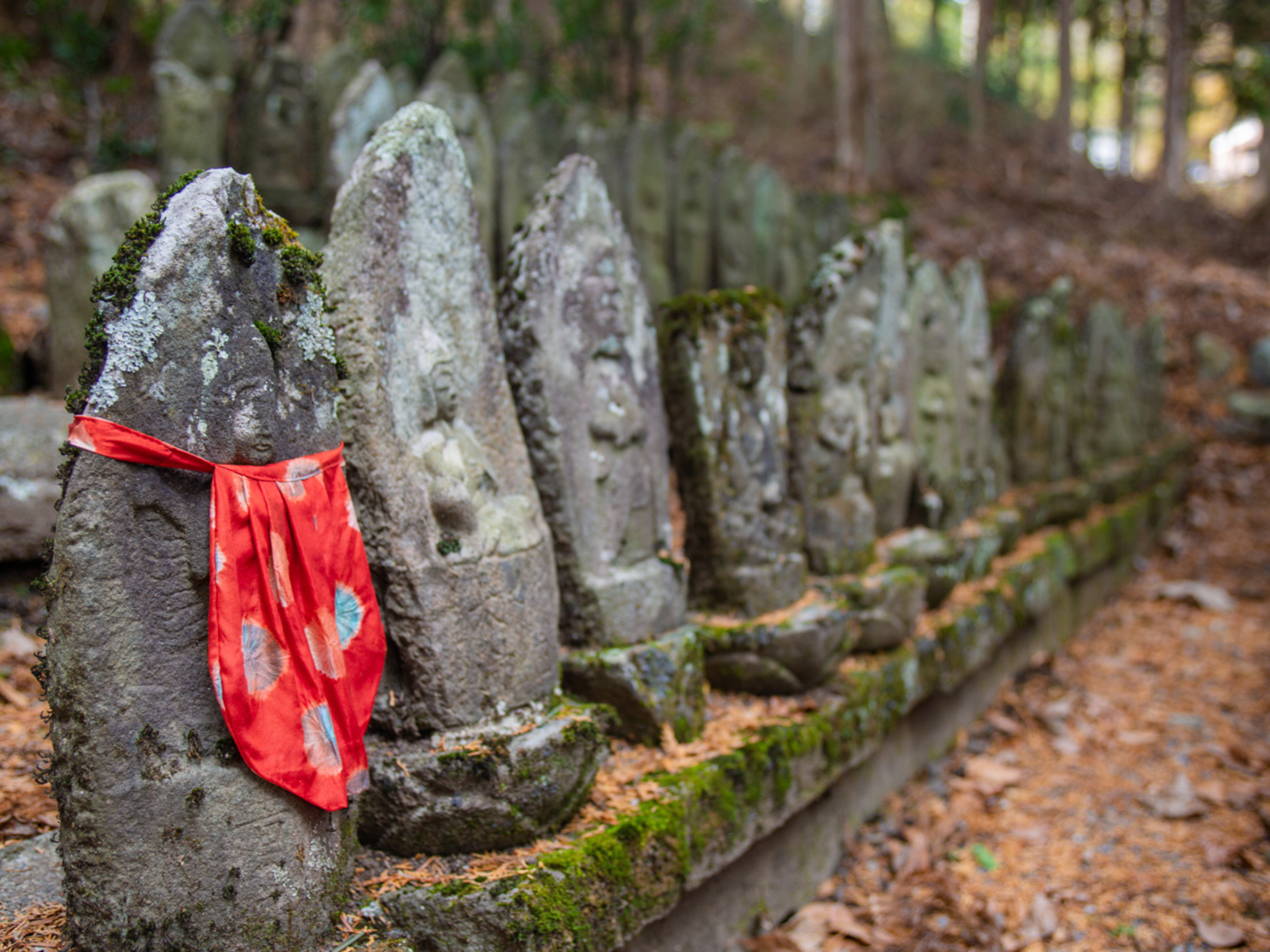
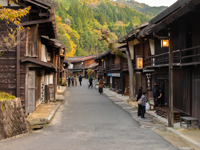
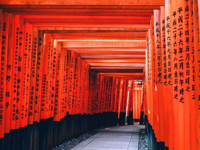
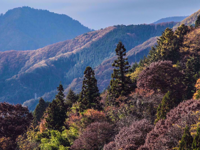
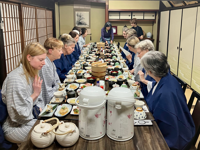
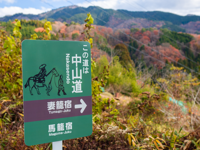
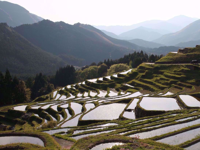
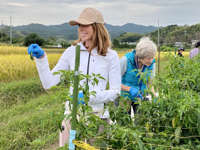
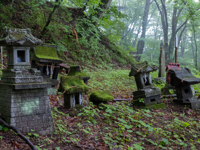
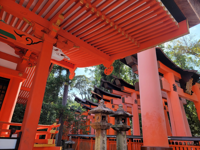
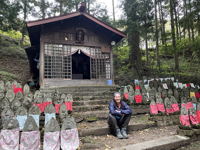
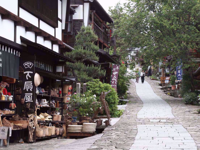
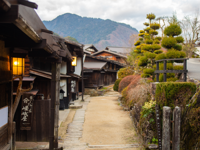
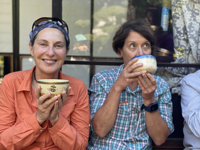
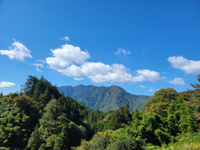
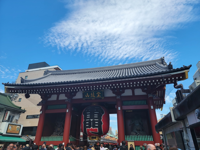
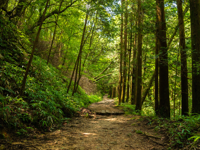
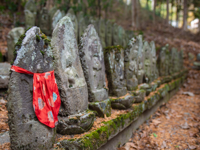

Hiking Japan’s Nakasendo Way—Ancient Trails, Timeless Traditions, and Cultural Contrasts
Discover Japan beyond the bustling cities on this immersive journey that blends ancient pathways with vibrant modern life. We begin in Kyoto, the cultural heart of Japan, and end in dynamic Tokyo, where tradition meets innovation. In between we’ll hike some of the most scenic and historic sections of the Nakasendo Way—once the mountain route connecting these two great cities during Japan’s feudal era.
Following the footsteps of samurai, merchants, and travelers of centuries past, we’ll walk a different stretch of this storied trail each day, carefully avoiding the most developed sections. Evenings are spent in charming post towns, where we’ll rest in traditional inns known for their warm hospitality and beautifully prepared regional cuisine.
The journey offers a unique window into Japan’s natural beauty, enduring traditions, and layered history. Perfect for those seeking an in-depth cultural adventure on foot.
Maximum group size: 14
Trip Info
This trip is designed for women who want to combine hiking off the beaten track in the Japanese countryside, visits to two of the main cities, and learning about Japanese history and culture while enjoying fresh regional cuisine. Women should be in good physical condition and able to hike for three to five hours a day with elevation gains between 550 - 1000 feet; and one longer day with elevation over 2,000 feet.
Rating: 1 2 [3] 4 5
Curious about how we rate our trips and how to prepare for yours? Explore our AGC Fitness Guide for more details.
This is a hiking and sightseeing trip, where our emphasis is more on experiencing Japan's history and culture than on covering miles. In several places on the Nakasendo Way we will avoid more built up parts by taking taxis or buses.
Wondering what kind of gear works well for our trips? Our AGC Gear Guide highlights some of our go-to favorites.
We’ll stay in three types of accommodations: modern Western-style hotels in Kyoto, Nara, and Tokyo (6 nights), a traditional hot springs ryokan in Kiso-Fukushima, and smaller family-run minshuku in two towns. Ryokan and minshuku offer a classic Japanese experience, with tatami rooms, futons, and beautifully prepared dinners. Bathrooms in ryokan are usually en-suite or include communal baths; in minshuku, they are shared and located down the hall.
Please note: Dietary requests can be quite challenging to accommodate in Japan, especially when traveling in a group and visiting rural areas. Vegetarian options are available but limited, and strict vegetarian, vegan, or gluten-free diets cannot be fully accommodated due to the widespread use of fish-based stock (dashi), soy sauce, and miso in Japanese cuisine. Fresh fruits and vegetables are also uncommon; most vegetables are served pickled, fried, or in soup. Many of the inns we use are small, family-run establishments that may not be familiar with or able to meet specific dietary needs. While accommodations will do their best, cross-contamination is possible, and food preferences (such as avoiding onions or peppers) cannot be accommodated. Guests with severe allergies should bring appropriate medications, and those with dietary restrictions are strongly encouraged to bring supplemental food. All dietary needs should be submitted along with your health form, as changes cannot be made closer to the trip.
Ready to picture yourself on this adventure?
Download the detailed trip summary for a closer look — daily highlights, travel notes, and everything you need to know before you go. It’s the perfect way to dream, plan, and share with a friend!
Below is the proposed itinerary for the trip. As is true on any adventure travel trip, plans for any specific day may be modified due to weather considerations, unforeseen circumstances, new opportunities, and group interests.

Great American guide Brenda Porter.
Japan is so different from all the places I've been. I was worried if I would like the food and I loved it. By the end of the trip I quit asking "what is this?" and just tried it. And the presentation of each dish was stunning! I've traveled enough to know that people are nice all over the world, but the Japanese are so very kind. We have a lot to learn here. I always enjoy being in the woods and the trails we wandered were gorgeous. The architecture was also stunning, from the homes we passed by to the temples and shrines. And the bowing deer in Nara Park. I'll never forget those sweet animals. A fantastic trip and I haven't even mentioned yet the friends I made and our great guides.
The guides were wonderful
Being in totally different culture and seeing variety of country, especially the countryside
Basically everything was great: the guides, the hiking, the food, the hotels, everything. Standouts: the guides (both Anne & Naoko) were really excellent. The food was about 2 stars better than expected.
Bathing in the forests along the Nakasendo Way.
The culture of Japan. The amazing meals. The attention to detail that both guides, Anne and Naiko, included in every day. The diverse personalities of the group. The well planned hikes.
The food and cultural experiences! So special.
The women I travelled with. Emi and Anne, our guides were fantastic. I loved seeing not only the countryside but the cities of Kyoto and Tokyo.
I absolutely LOVED the itinerary because it exposed us to both Japanese city life and the countryside. It was a perfect mix of modern and traditional.
First time with AGC and one of the best trips I have ever been on. Our guide, Emi, was the highlight of the trip with her extensive knowledge of the culture and religions. Hiking different sections of the Nakasendo Way with colorful fall leaves; and staying at inns in small towns. Tasting a variety of traditional and modern Japanese dishes. I found the people we met along the way to be friendly and helpful. I definitely will return again for another trip.
The candor and cultural input provided by our Japanese guide elevated this hiking oriented trip. The time of year was perfect as autumn leaves were at their peak. The pace of experiences throughout the week was good, though I felt at times that too much time was spent commuting on multiple trains when a van could have been more time-efficient.
So many! The hiking and traditional inns were my favorite part.
Hiking with a smaller portion of the larger group through Torii Pass; the food (even though salty!), the mix of urban and rural experiences; the guides (Yuki and Ann) being able to adapt to the various interests among the group; using the baths both at the urban hotels and the rural inns.
Perfect weather, hiking in the mountains, the little mountain towns
A nice mix of the country and city. Good hikes planned. Very good and very knowledgeable guides.
The hikes were wonderful! Participants and guides were also wonderful! Experiencing the inns and the post towns along the trail was incredibly special. Shortcomings for me was (1) the need to pack so often and to not have our suitcases for much of the trip (which I understand may be a logistical hurdle that is difficult to overcome in Japan), (2) the food (while some of the food was wonderful, notably at the organic farm, I was disappointed that there was not more sashimi and/or sushi --- not sure if this was a price issue), and (3) too much time spent on crowded commuter trains (for me, ANY time spent on a crowded commuter train is too much!)
The highlight of the trip was learning about a totally new culture. Yuki is a good ambassador for Japan. She was clear and knowledgeable about what she knew and was clear about what she didn't know. The hiking was great. I trust your ratings and this was rated accurately. Gotta say the bathrooms were a highlight!!!
Experiencing the post towns along the Nakosendo Way; staying in ryokans where traditional Japanese culture is beautifully shared through the very special meals and the tatami mat/shojii screen/ futon/onsen aspects are unforgettable.
While it was a cultural and hiking trip rated 3, I experienced more culture due to an injury. I fell in love with Japan, and will definitely return. I missed out on the hiking and that is my only regret but I can return. An alternative itinerary was made daily for those that could not hike or choose not to and I am so grateful for the thoughtfulness and inclusiveness, the "go with the flow" and "roll with the punches" frame of mind. Japan is really interesting to me, a completely different culture with ancient crafts, skills, food and traditions. It is the cleanest country I have ever been too, overall so impressed with the attention to detail there.
Great mix of hiking and culture.
Would have preferred more hiking
Hiking was a highlight. Beautiful scenery, uncrowded trails. Fun group, great guides.
Great hiking through cypress forests. Japanese guide, Uki was fabulous as was Debra.
Would have liked more, or longer hikes because the forests were so beautiful. So glad I didn't try to go to Japan on my own. Not many English characters on signs. Everything is spotless. Train stations, airports, and streets surprisingly quiet. Appreciated the history I learned from Yuki. Liked all the quirky (to me) shoe rules, hot bath routines, learning how to used chopsticks, eating Italian food midweek, trying new foods, staying at the big Japanese tourist hotel and little ones too, having restaurants to ourselves, picking vegetables on the farm (cooking lesson a little lame but food good), seeing the Buddhist temple with zen gardens, pretty much liked everything!
Walking through the countryside was what I hoped for. The accommodations were great - from the well-situated Hearton in Kyoto to the variety of roykans in the small towns. The biggest disappointment was the ratio of hiking to time spent on mass transit. The trains
| Year | Departure Date | Availability | Price | |
|---|---|---|---|---|
|
2026 |
April 03 to April 12 |
FULL |
$7495.00 |
Turn any trip into a private experience for your group, or let us design a custom itinerary just for you! Whether it’s friends, family, or colleagues, we’ll make your journey unforgettable.
You Might Also Like



